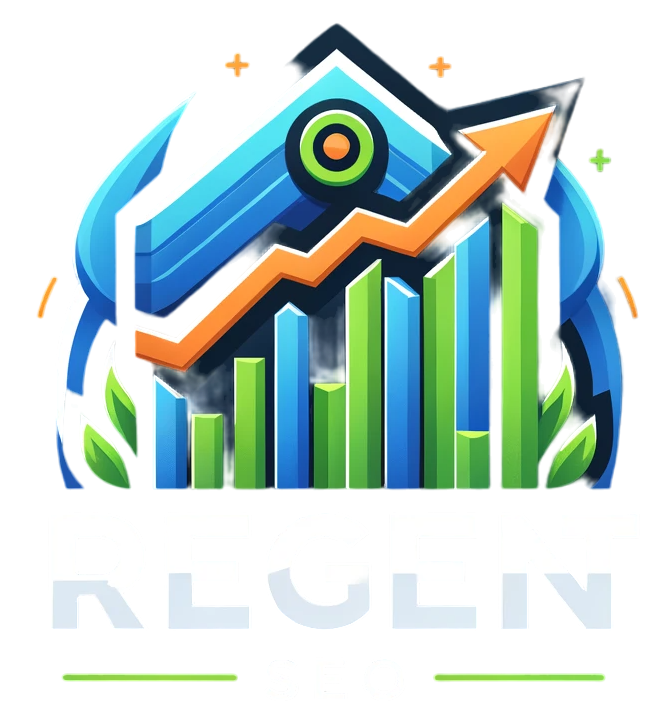On-Page SEO: Mastering the Art of Optimization
Understanding On-Page SEO
When it comes to On-Page SEO, many factors come into play to ensure that your website not only ranks well but also provides an exceptional user experience. At its core, On-Page SEO involves optimizing individual web pages to improve their search engine rankings and drive relevant traffic. This process includes various elements like content quality, meta tags, and keyword placement. By mastering these components, you can significantly enhance your site’s visibility and engagement.

Key Elements of On-Page SEO
Content Quality
High-quality content is the backbone of On-Page SEO. It’s crucial to create informative, engaging, and relevant content that meets the needs of your audience. Your content should include targeted keywords naturally, without overstuffing, and should address common queries within your niche.
Meta Tags and Keywords
Meta tags, including title tags and meta descriptions, play a vital role in On-Page SEO. These elements provide search engines with essential information about your page’s content. A well-crafted meta tag should be concise and include your primary keyword. For example, a title tag could be “Mastering On-Page SEO: Tips and Tricks.” Meanwhile, the meta description should offer a brief summary, encouraging users to click through.
Header Tags
Utilizing header tags (H1, H2, H3, etc.) effectively structures your content and makes it easier for search engines to understand. The H1 tag should contain the primary keyword, while H2 and H3 tags can be used to break down topics and include secondary keywords. This hierarchical structure not only aids SEO but also enhances readability.
Examples and Tips
- Keyword Placement: Ensure your primary keyword appears in the first 100 words of your content. This helps search engines quickly identify the topic.
- Internal Linking: Link to other relevant pages within your site to enhance navigation and provide additional context for readers. This not only boosts your SEO but also improves user engagement.
- Image Optimization: Use descriptive filenames and alt text for images. This practice enhances accessibility and helps search engines index your visuals effectively.
Engaging with On-Page SEO
To truly excel in On-Page SEO, stay updated with the latest trends and algorithm changes. Regularly audit your website to identify areas for improvement, such as page speed, mobile responsiveness, and content freshness. Remember, the ultimate goal is to create a seamless experience for users while adhering to SEO best practices.
Conclusion
By focusing on the essential elements of On-Page SEO, you can significantly enhance your website’s performance. From optimizing content to fine-tuning meta tags, every aspect plays a role in achieving better search engine rankings and user engagement. Start implementing these strategies today, and watch your online presence grow.
